From: https://english.busan.go.kr/bsnews01/1492105
Social Distancing Level in Busan Area: Level 1.5 (with some adjusted quarantine measures)
(Effective Monday, June 14 until Sunday, July 4, 2021)
Quarantine Measures for Prevention and Control (Common):
Required quarantine rules:
① Wear a mask, ② Keep a visitor log (except shops·marts·department stores),
③ Ventilate and disinfect regularly,
④ Prohibit eating outside in food service areas, excluding water and non-alcoholic beverages,
⑤ Restrict entry of those with symptoms, ⑥ Appoint a disease control and prevention supervisor, ⑦ Public notice of quarantine measures for prevention and control, and facility capacity
1. Gatherings/Events
Private gatherings:
Private gatherings of 5 or more persons are prohibited
*Except when immediate family are gathering (gatherings of up to 8 persons to be allowed); when the families of the bride and the bridegroom have a meeting (gatherings of up to 8 persons to be allowed); when the private gatherings are accompanied with infants aged under 6 (gatherings of up to 8 persons to be allowed, only gatherings of up to 4 persons except infants aged under 6); when it is required for the care of children, the elderly, or the disabled; when a person is about to pass away requiring the family to gather; when people gather for sports games at sports facilities with their facility’s manager (hosting sports games at indoor and outdoor futsal fields, soccer fields and baseball fields); when people gather for traditional first-birthday parties for babies, celebrations known as doljanchi, at specialized venues with disinfection protocols.
*Those who are vaccinated against COVID-19 won’t be included in the count for family gatherings of up to 8 people, meaning it is possible to exceed gatherings of 8 family members.
*People who are vaccinated against COVID-19 include those who have received two vaccine doses (or completed applicable single-dose vaccination); those who have passed 14 days after getting their first dose of the vaccine.
– Reservations or entrance of 5 or more persons to multi-purpose facilities, including restaurants are prohibited
Other gatherings & events
- Gatherings or events with over 500 participants need to be reported and discussed with local governments. Mandatory compliance with quarantine measures
- Ban on rallies, festivals, large scale concerts and academic events with over 100 participants
- Wear a mask indoors, keep a visitor log, ventilate and disinfect regularly
Maintain 2-meter (at least 1-meter) distancing in the facilities
2. Multi-use Facilities
Comply with mandatory quarantine measures (wear a mask, keep visitor log (excluding department stores, marts, shops), ventilate and disinfect regularly, appoint a disease control and prevention supervisor)
▷ Priority facilities:
5 types of entertainment facilities (bars, including night clubs and room salons, colatecs (Korean-style cabaret), karaoke bars, pubs, hunting pochas), Hold’em pubs (card game pubs)): Suspension of operations after 12AM until 5AM the next day, Required use of electronic log systems (including staff), limit on the number of people (1 person/8㎡, including staff and dealer), required to wear gloves when using public goods such as dice, cards, etc., when singing wear a facemask (install partitions and only one person singing at a time is allowed), dancing is prohibited (no operation of dancing halls or dance floors), Prohibited for people to move from room/table to room/table.
Door-to-door sales and direct sales promotion halls: Suspension of operations after 10PM until 5AM the next day, no eating (water and non-alcoholic beverages allowed) and singing, limit on the number of people (1 person/4㎡)
Singing rooms (including coin singing rooms): Suspension of operations after 12AM until 5AM the next day, required use of an electronic log system, limit on the number of people (1 person/4㎡), No eating (water and non-alcoholic beverages allowed rooms must be immediately disinfected and ventilate for more than 10 minutes after use.
Indoor standing performance halls: No eating (water and non-alcoholic beverages allowed), limit on the number of people (1 person/4㎡)
Restaurants/cafes (including unmanned cafes):
-When more than two customers order only coffee, a beverage or dessert menu item, they will be strongly recommended to stay for up to an hour only.
-Take-out and delivery only past 12AM until 5AM the next day
-Facilities of 50㎡ or larger in size, comply with one of the following measures: ① Distance of 1 meter between tables; ② Empty seats/tables between seats/tables; ③ Install partitions between tables
-Buffets: Use of plastic gloves or hand sanitizers before and after use of tongs, plates, and utensils; keep distance between users in line for food.
▷ Regular facilities:
- Indoor sports facilities (including indoor winter sports facilities): Eating food is prohibited (water, non-alcohol beverage is permitted), limit on the number of people (1 person/4㎡)
- Private academies (excluding study rooms), job training centers: Limit on the number of people (1 person/4㎡) or keeping one empty seat between seats, No eating (water and non-alcoholic beverages allowed)
- Wedding halls, funeral halls: Limit on the number of people (1 person/4㎡).
- Bathhouses: Limit on the number of people (1 person/4㎡), eating food is prohibited (except water and non-alcohol beverage), no operations of saunas in bathhouses
- Movie theaters, Concert halls: Keep one seat empty between customers (sitting next to a companion is permitted); eating food is prohibited (except water and non-alcohol beverage)
- PC rooms: Keep one seat empty between customers; eating food is prohibited (except water and non-alcohol beverage)
- Multi-rooms/DVD rooms: Limit on the number of people (1 person/4㎡); No eating (eating in individual spaces divided with partitions is acceptable; water and non-alcoholic beverages allowed)
- Study rooms and cafes: Keep one seat empty between visitors (except with partitions), group rooms up to 50% capacity (up to 4 persons), No eating (eating in individual spaces divided with partitions or in food zone is acceptable; water and non-alcoholic beverages allowed)
- Amusement and water parks: Limit on number of users to 1/2 of capacity
- Barbershops/hair salons: Limit on the number of people (1 person/4㎡) or keep one seat empty between customers, eating food is prohibited (except water and non-alcohol beverage).
- Department stores·large supermarkets: Visitor temperature checks, mandatory to wear a face mask, ventilate and disinfect regularly
- Retail stores other than department stores and large supermarkets (larger than 300 ㎡): Mandatory to wear a face mask, ventilate and disinfect regularly
- Convenience stores are only permitted take-out and delivery past 12AM until 5AM the next day (eating food and providing an area to eat including outdoor tables are prohibited).
- Street vendors are only permitted take-out and delivery past 12AM. until 5AM the next day (eating food is prohibited).
3. Daily Life and Social & Economic Activities
▷ Mandatory to wear a face mask
All indoor facilities, outdoor locations where people cannot stay 2 meters apart; administrative fine to be imposed for violations
▷ Sports activities: Limited spectators (30%)
▷Use of public transportation: Mandatory to wear a face mask
▷School: 2/3 of student capacity recommended
▷Religious activities: In-person worship services (i.e. Christian, Catholic, Buddhist, Cheondoist) at less than 30 percent seat capacity, but prohibited from holding meetings, providing meals and accommodation. Especially, prohibited from holding meetings and events except regular religious activities at prayer houses, retreat and missionary centers.
▷Work Pattern:
Working from home recommended for a proportion of workers per organization/division (e.g: 1/3 of employees)
Mandatory wearing of face masks in businesses considered high-risk (distribution and logistics centers, call centers)
Other Activities
▷ Accommodations: prohibited from exceeding capacity of people in one room; a ban on gatherings for events and parties hosted at accommodation venues, public notice of hosting private parties, resulting in compulsory check-out
▷ Party rooms: Limit on the number of people (1 person/8㎡), comply with one of the following measures: ① Distance of 1 meter between tables; ② Empty seats/tables between seats/tables; ③ Install partitions between tables
▷ Sales businesses with experiential activities and briefing sessions (regardless of being registered or unregistered): Ban on briefing sessions; ban on close contact between salespeople and customers during experiential activities. (Clean or sanitize customers’ hands and equipment after experiential activities, keep two meters distance between customers)
▷ Exhibits and expos: Limit on the number of people (1 person/4㎡), no eating (water and non-alcoholic beverages allowed)
▷ International conferences: Limit on the number of people (1 person/4㎡)
▷ National and public facilities: Suspended operations of velodromes, regattas and race courses, Casinos limited to 20% of visitor capacity; Other facilities (including sports facilities) limited to 50% capacity
▷ Social welfare facilities: Operating under strict quarantine measures.
※ Facilities’ operations shall be partially suspended and only provide emergency care in consideration of increasing virus cases within a region or the risk/disinfection situation at facilities
The city government will impose a “one-strike-out” policy on rule violations. A violation of the quarantine rules even once will immediately result in operations being shut down.
Violations of the quarantine rules: Fines of up to 100,000 won for individual violators and up to 3 million won for facility managers, business owners and operators.
-


 Learn to read Korean and be having simple conversations, taking taxis and ordering in Korean within a week with our FREE Hangeul Hacks series: http://www.90DayKorean.com/learn
Learn to read Korean and be having simple conversations, taking taxis and ordering in Korean within a week with our FREE Hangeul Hacks series: http://www.90DayKorean.com/learn

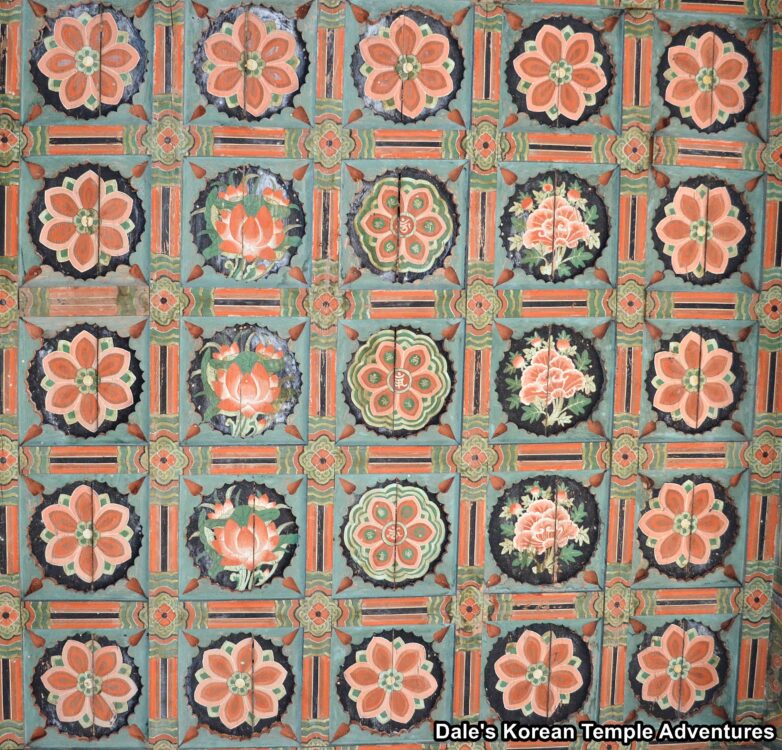
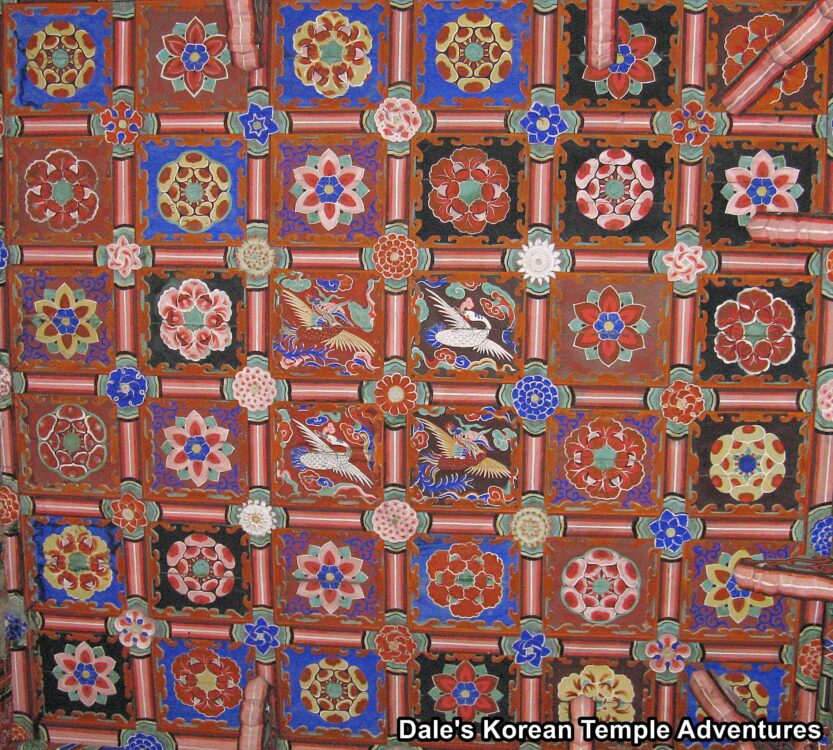
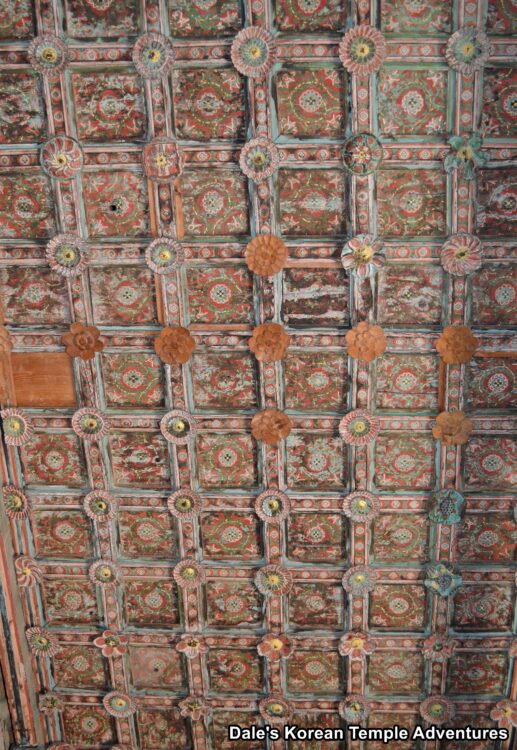
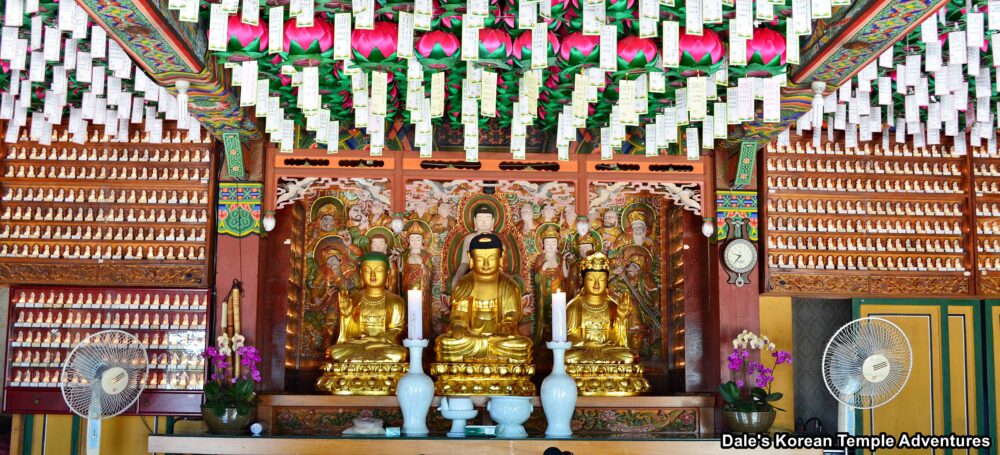
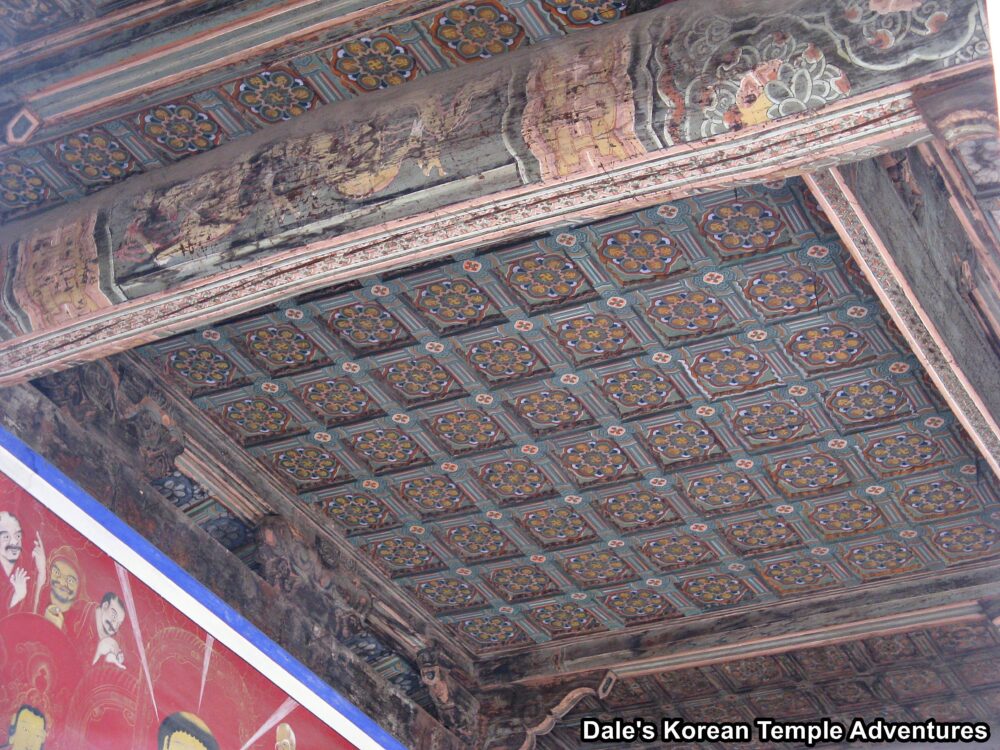
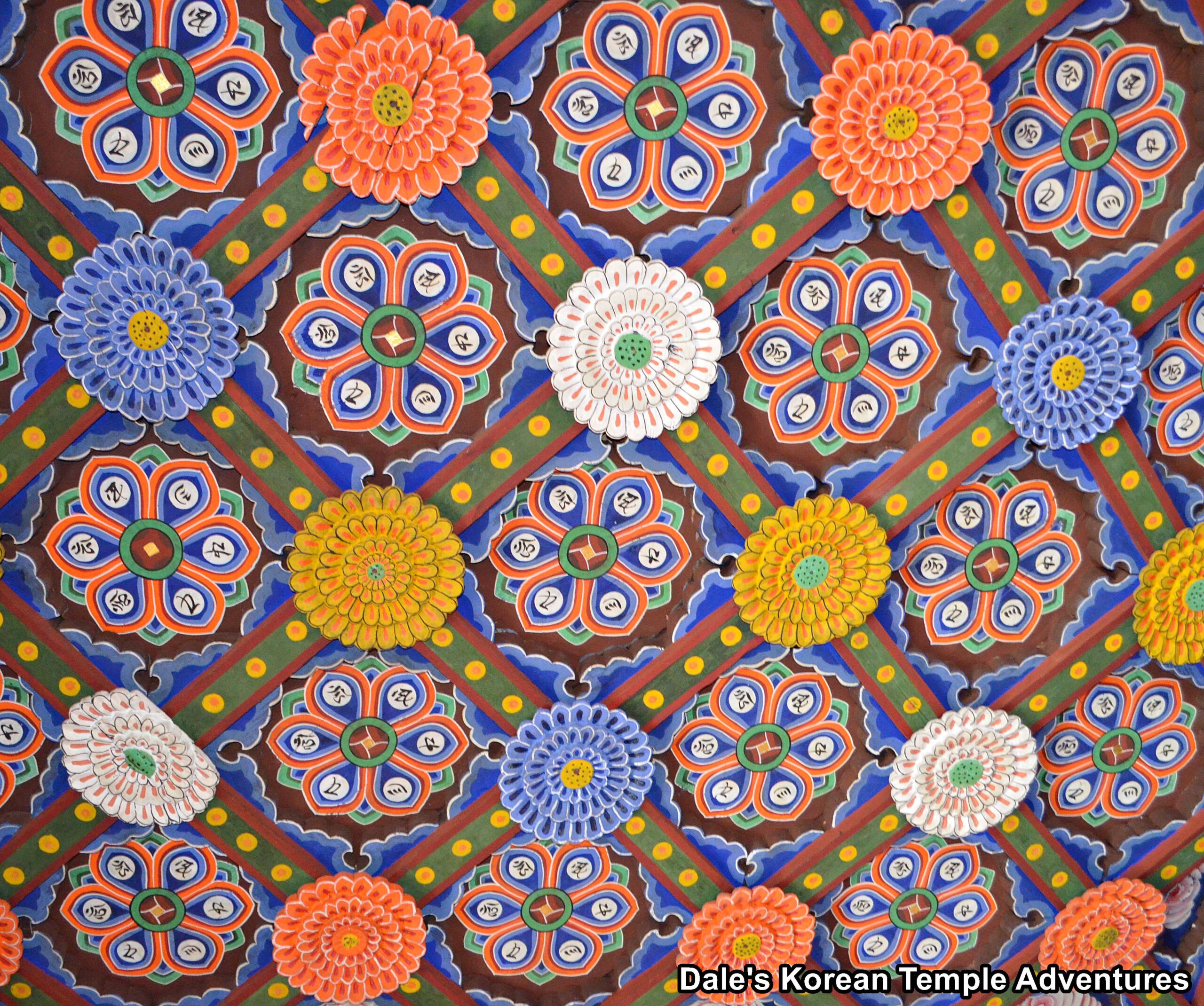
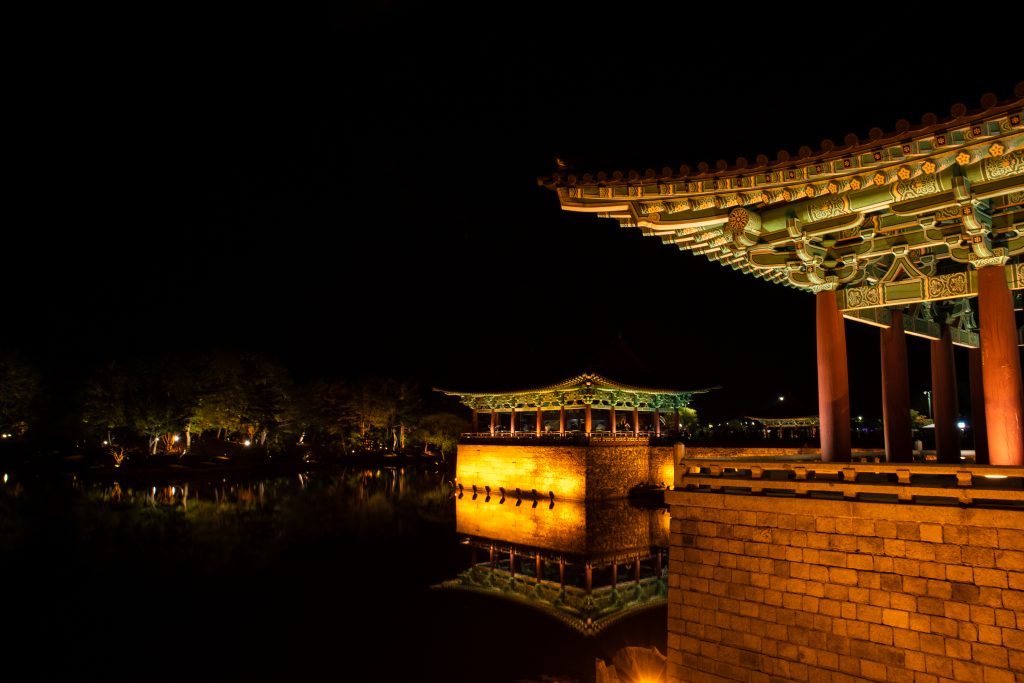
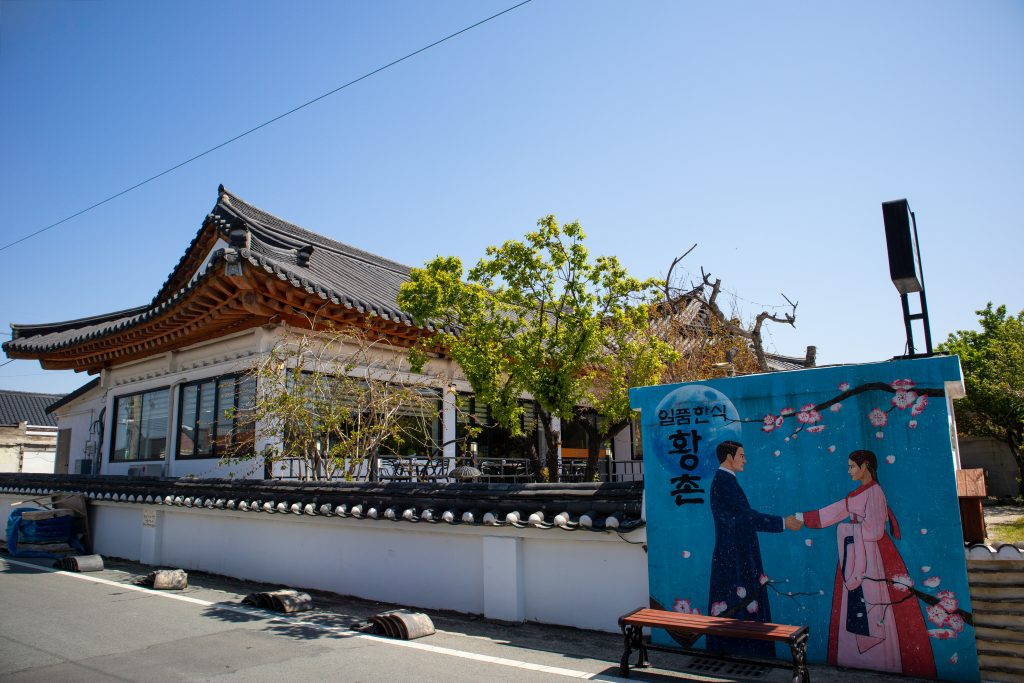

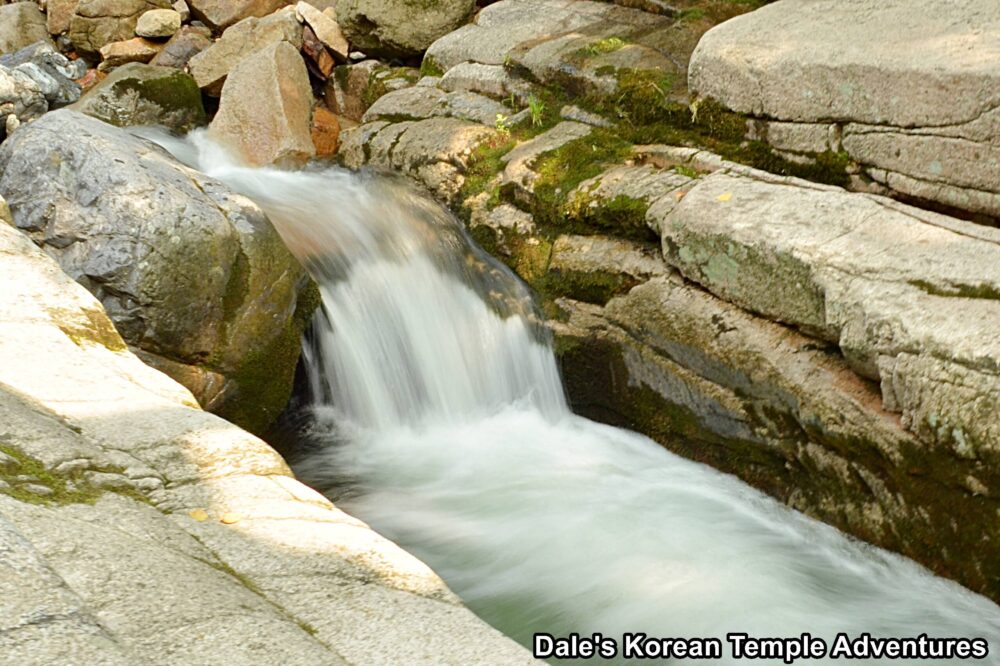
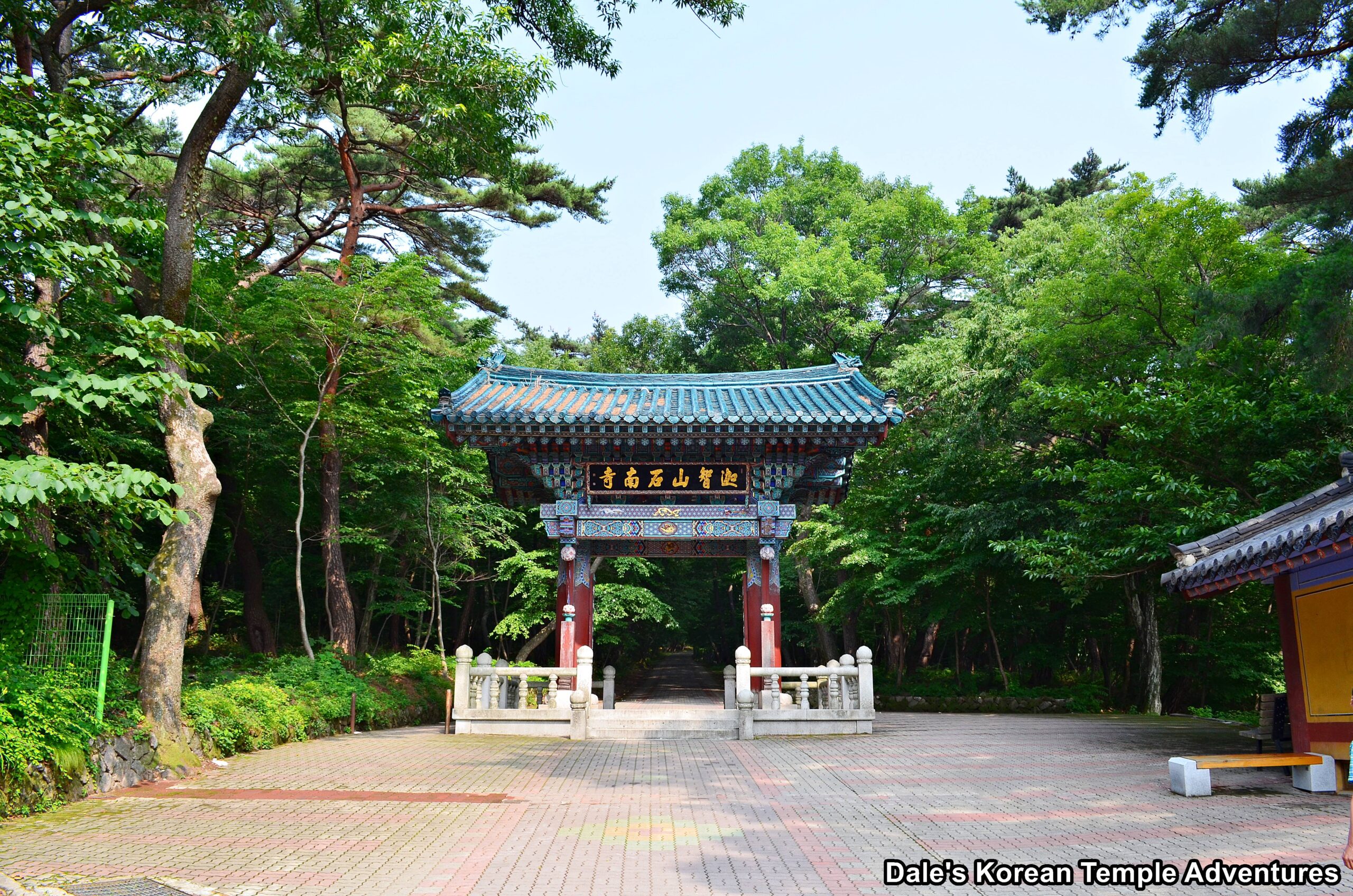
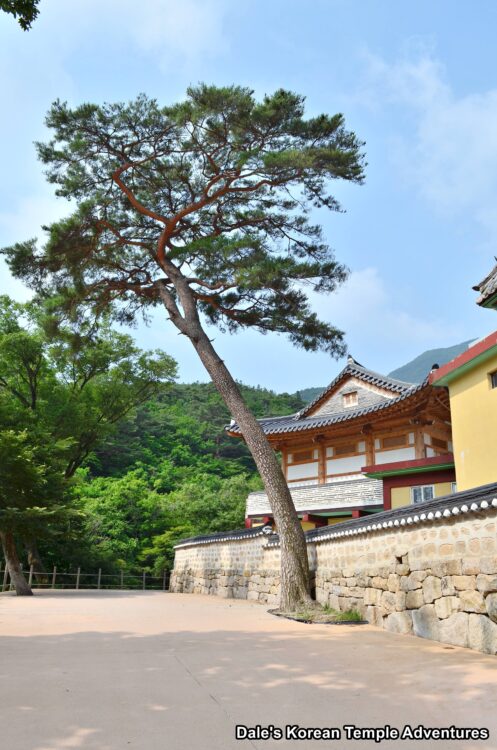
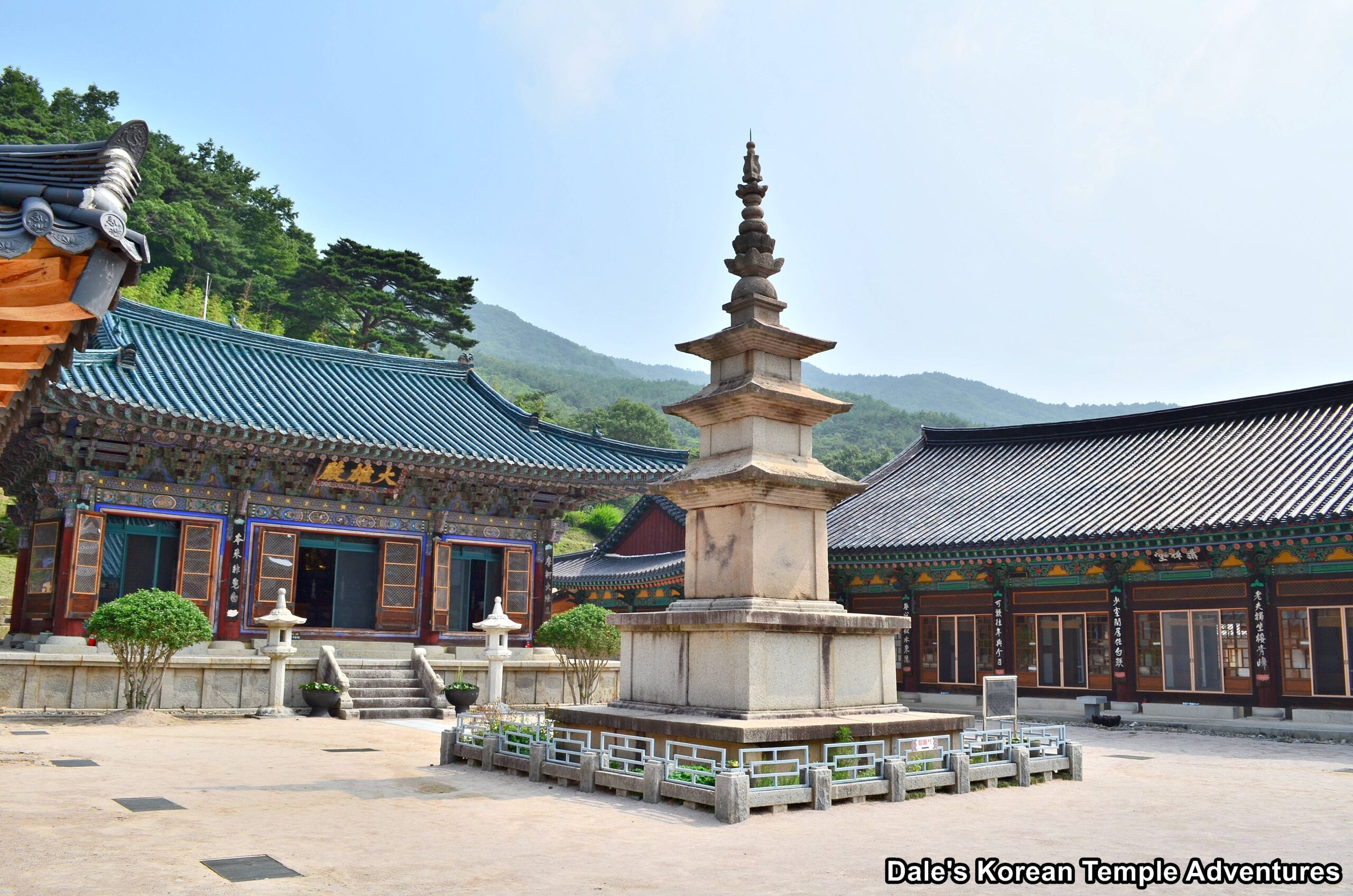
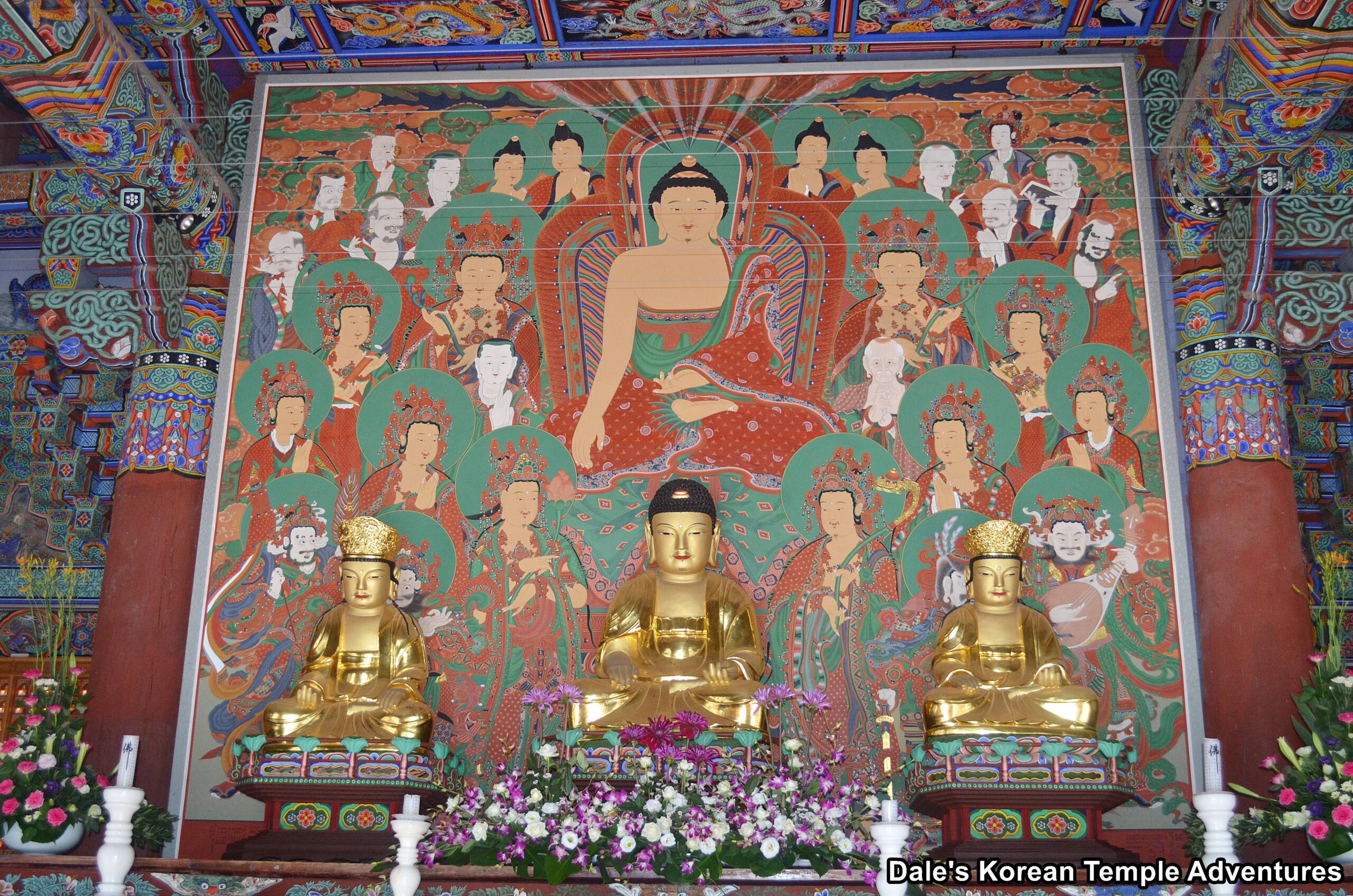
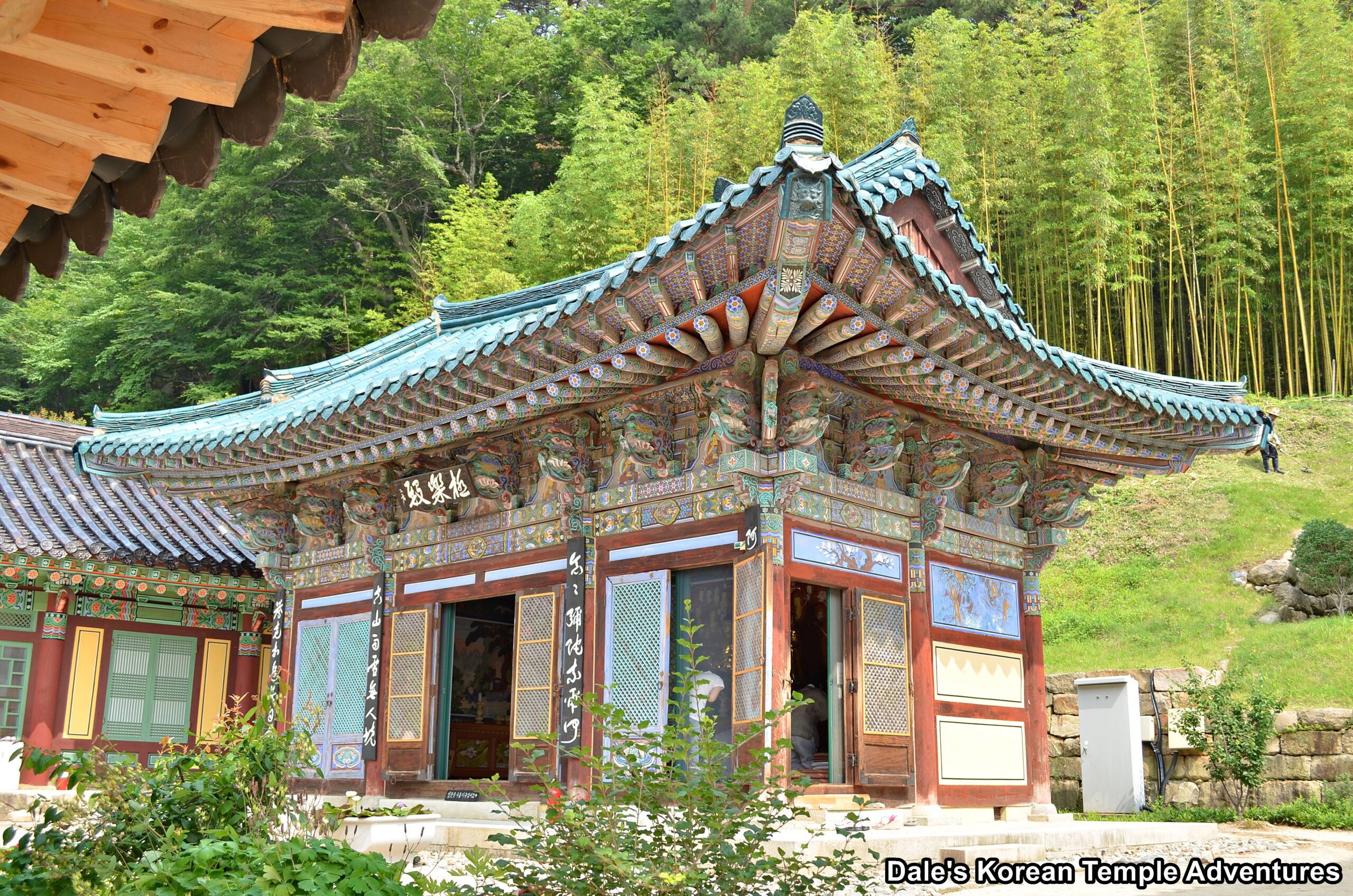
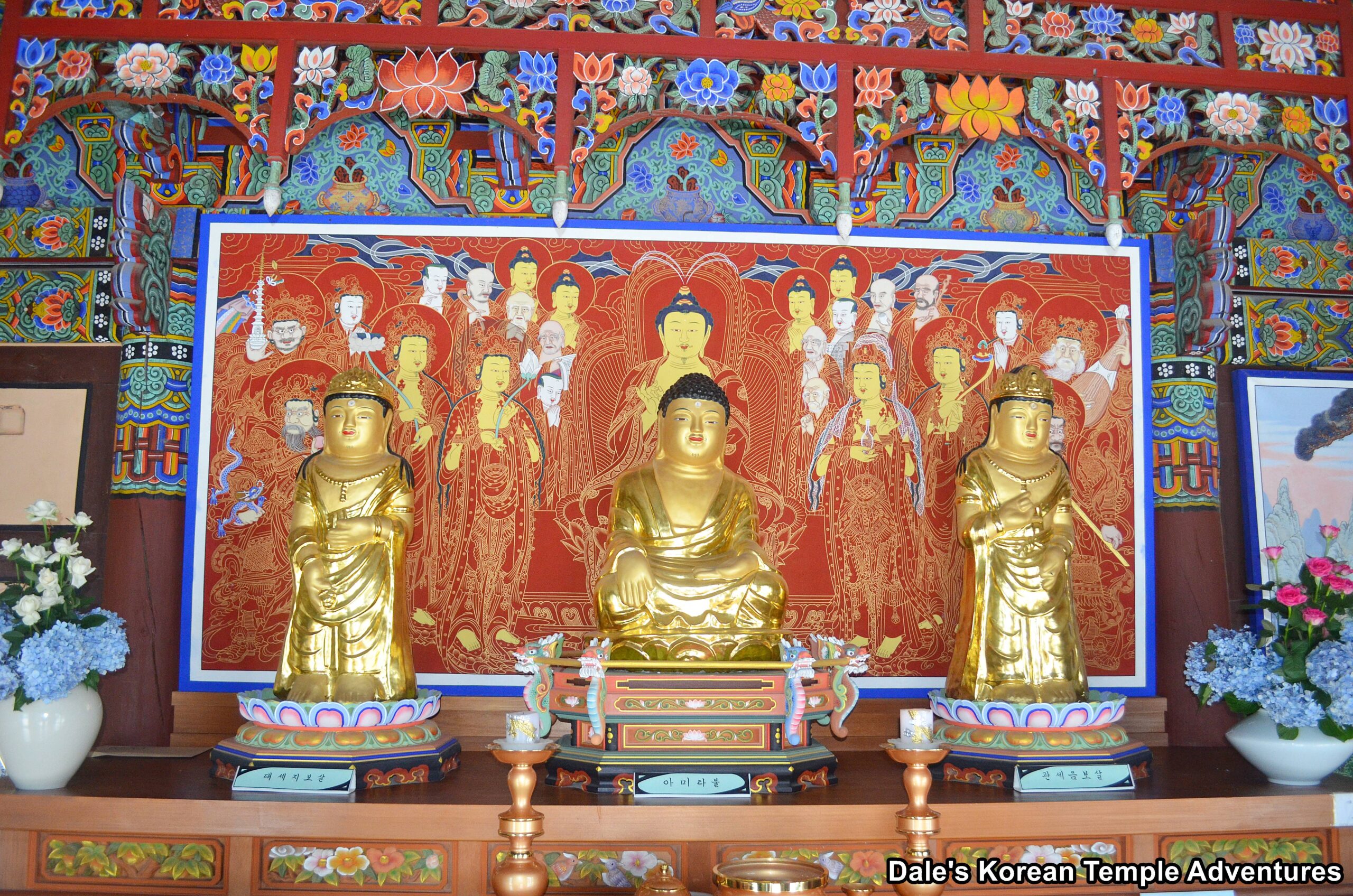
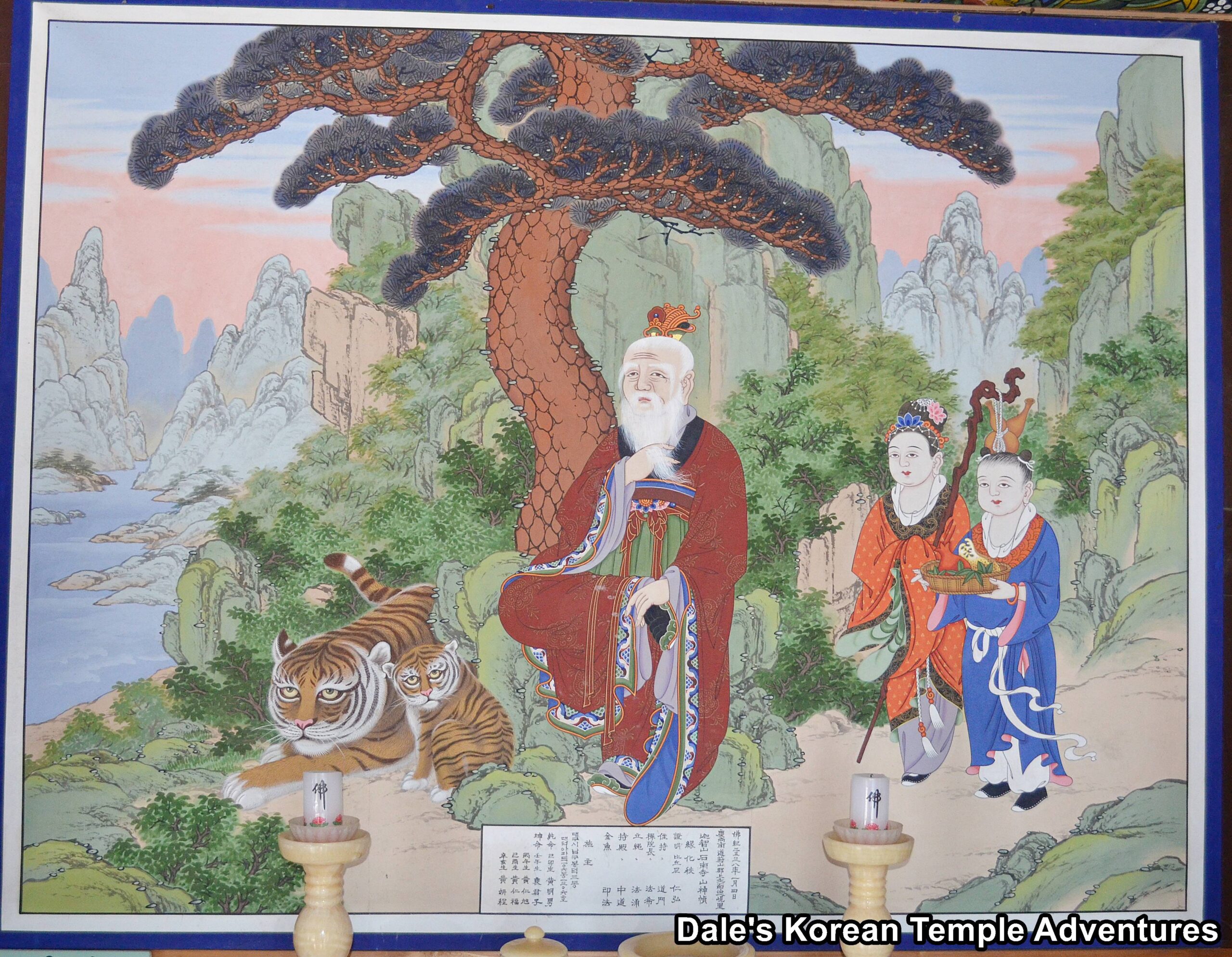
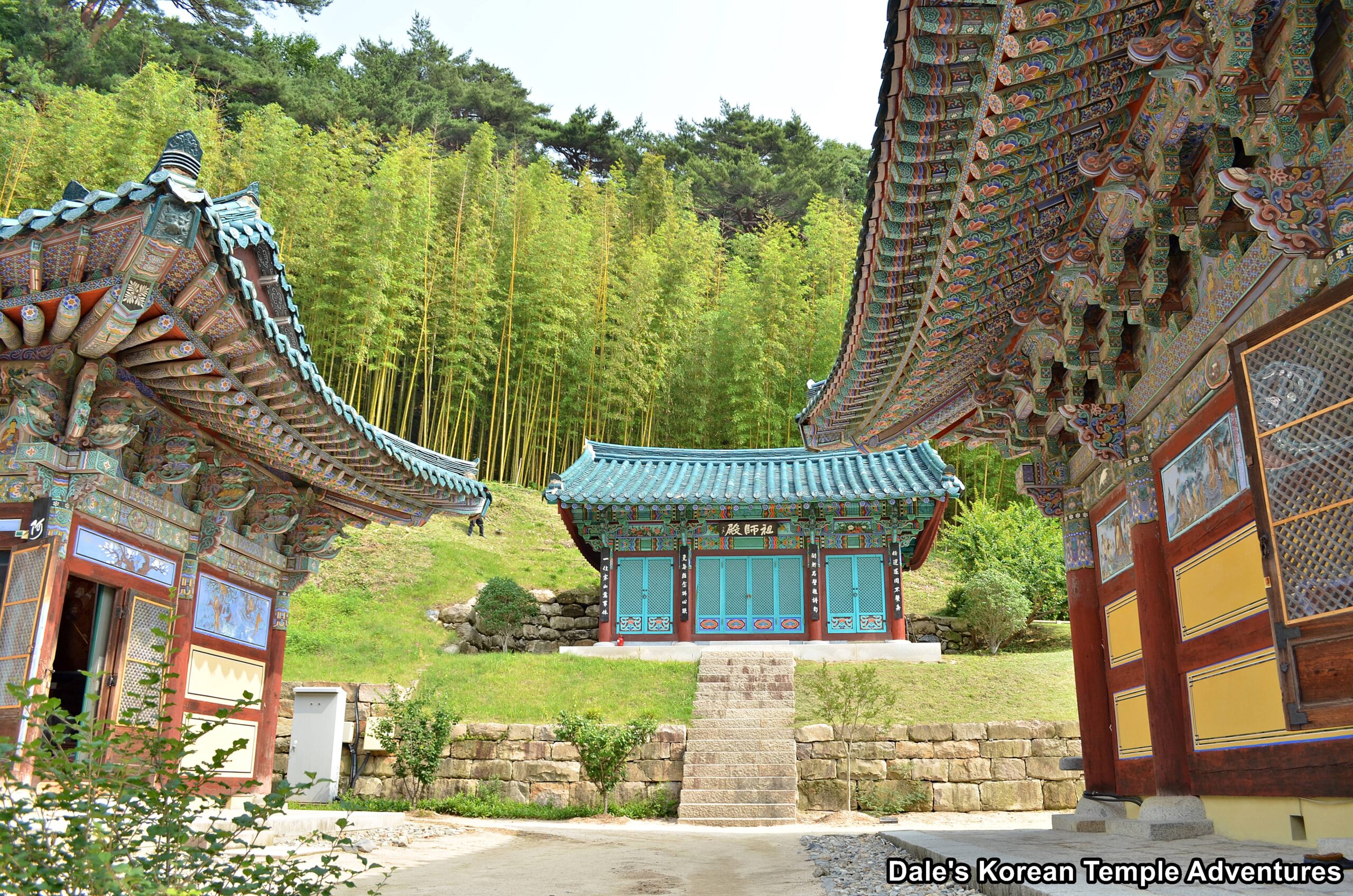
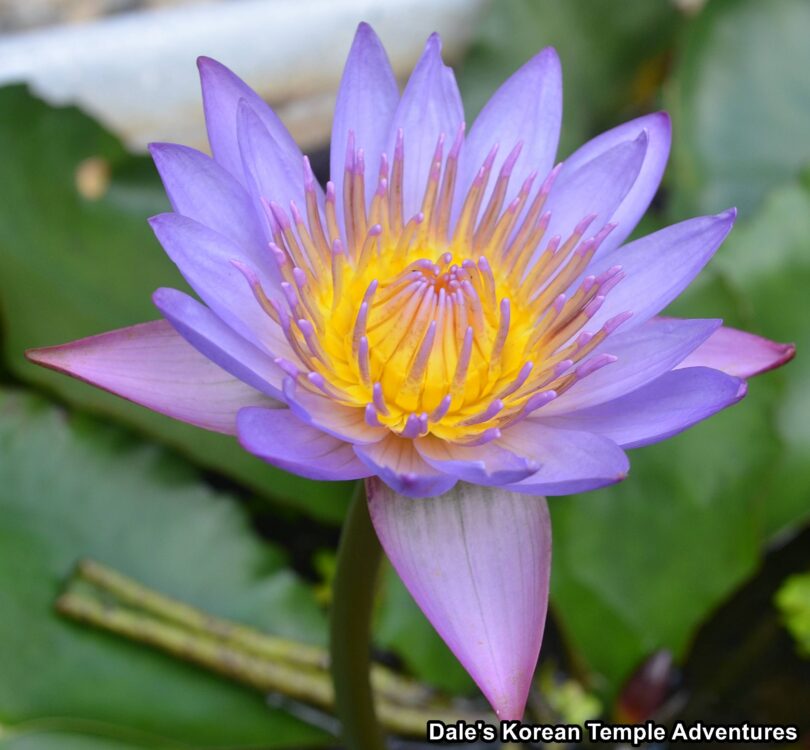
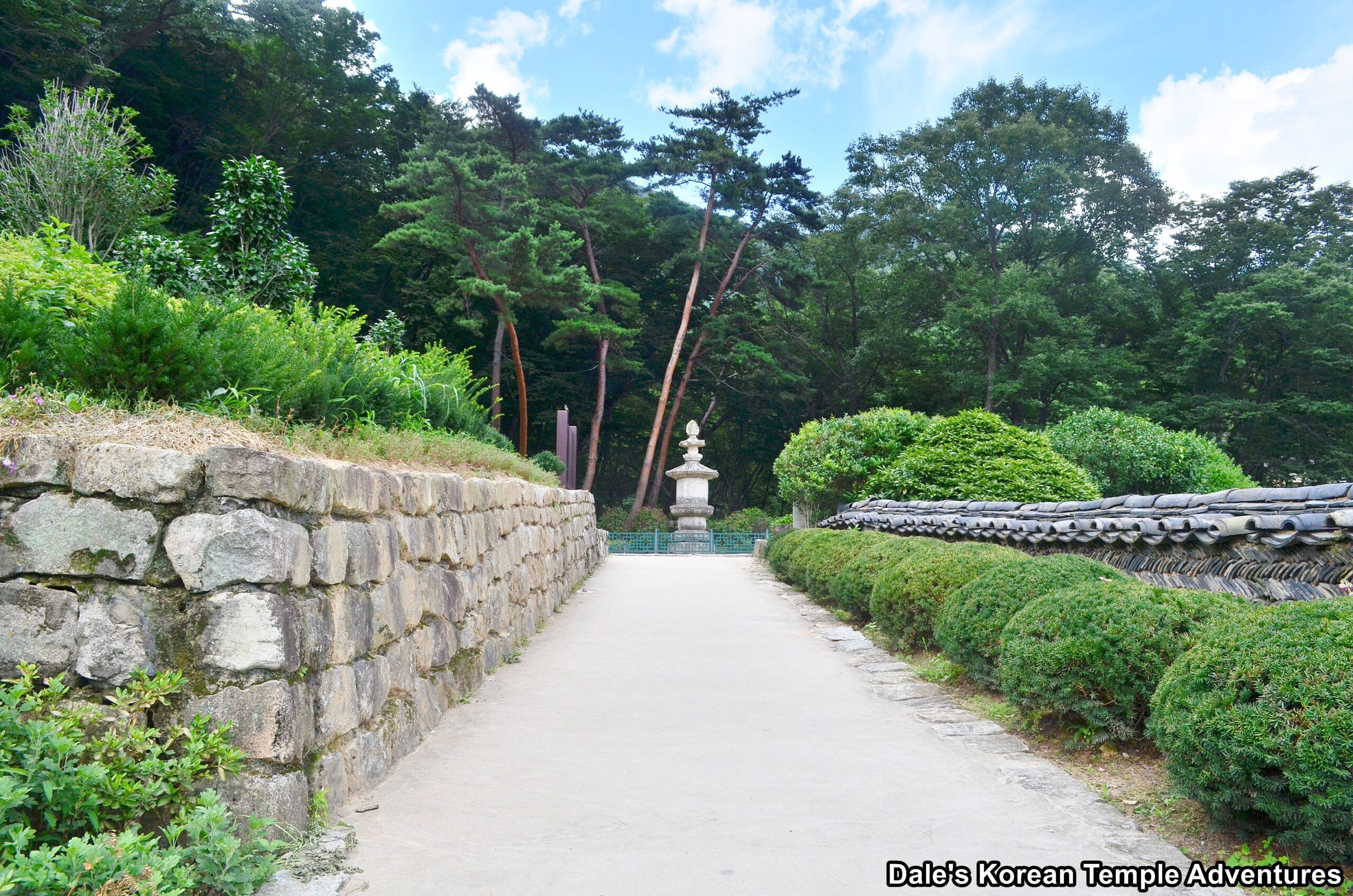

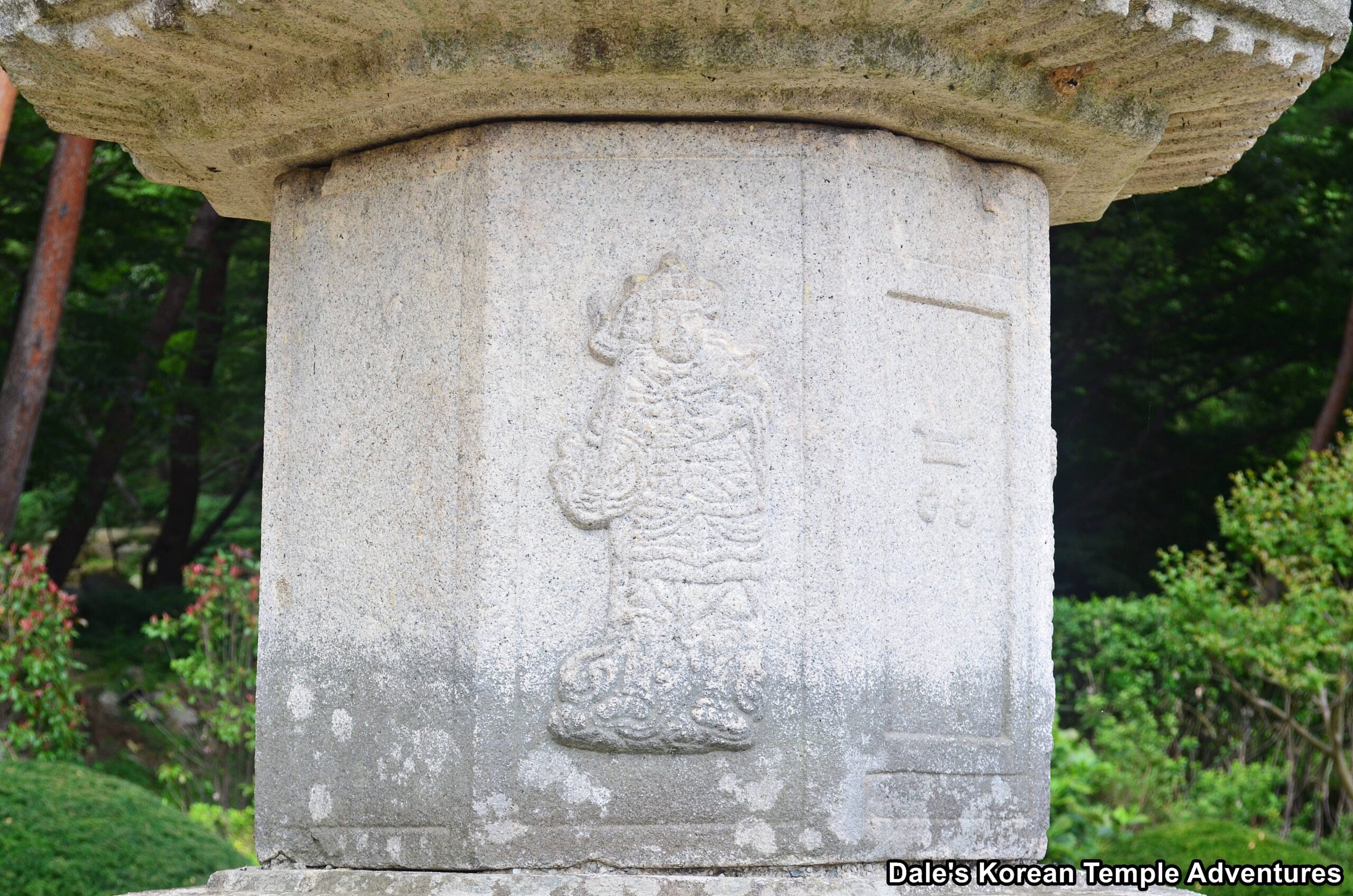
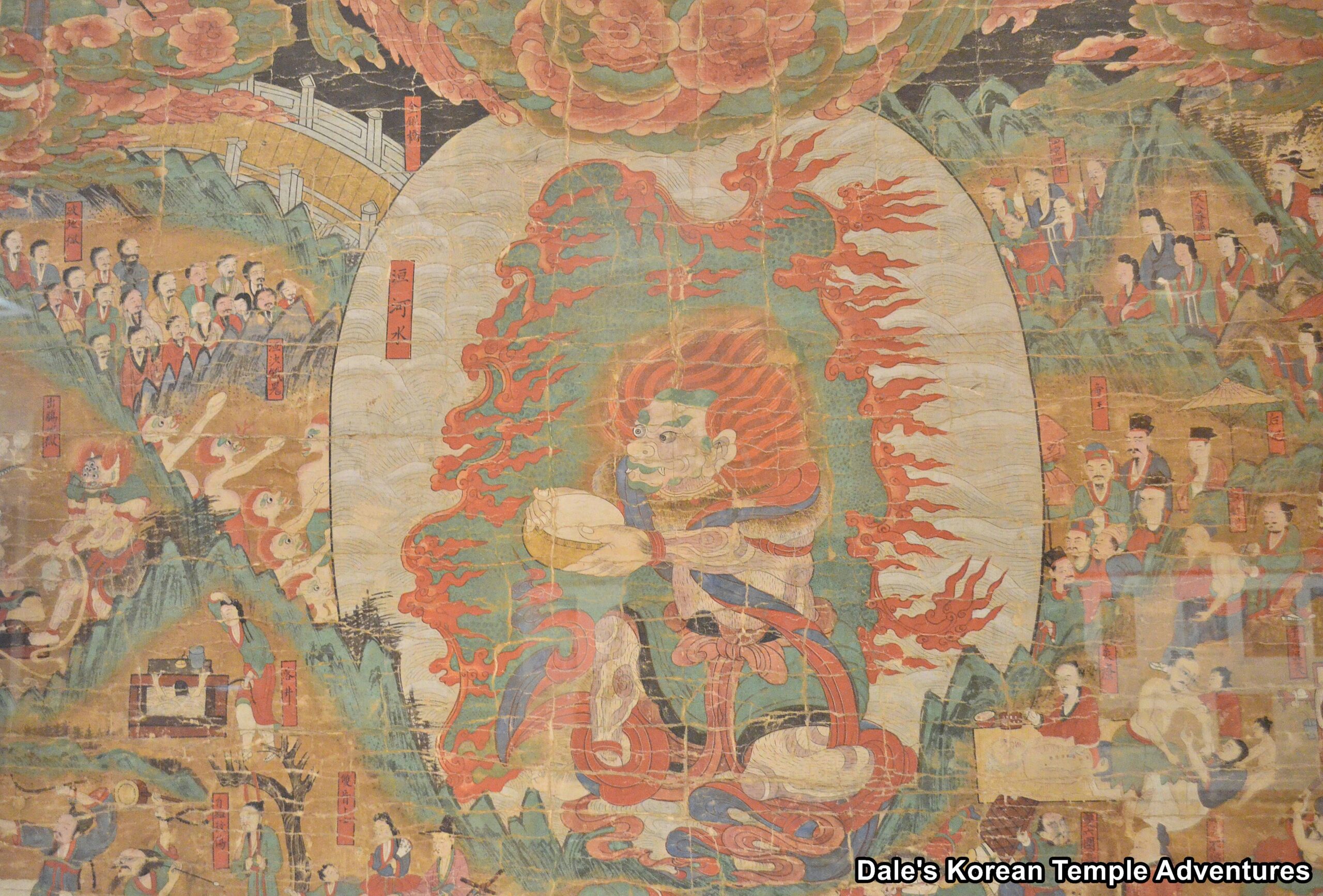
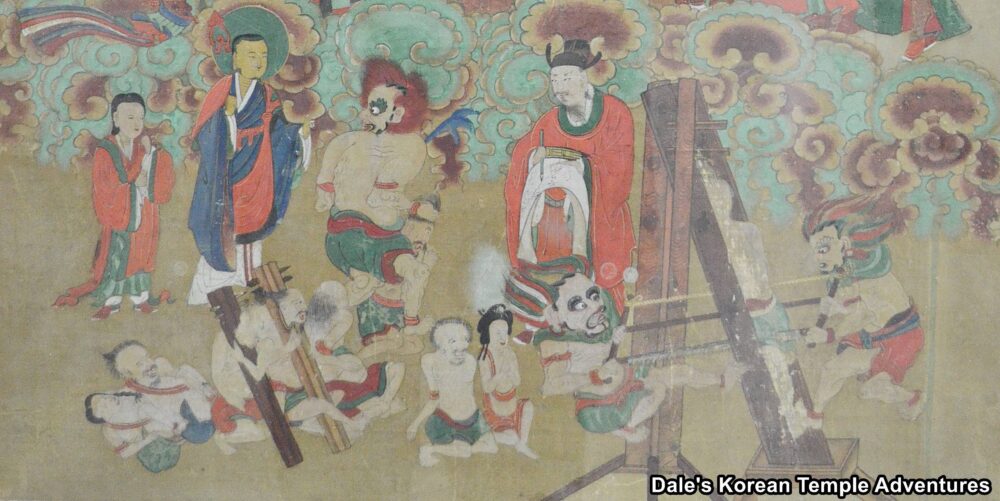
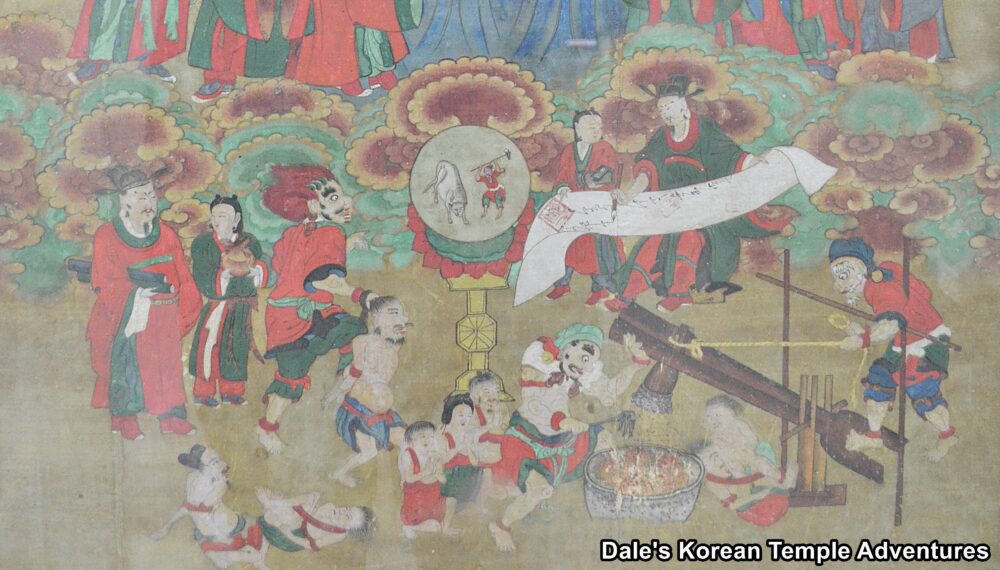

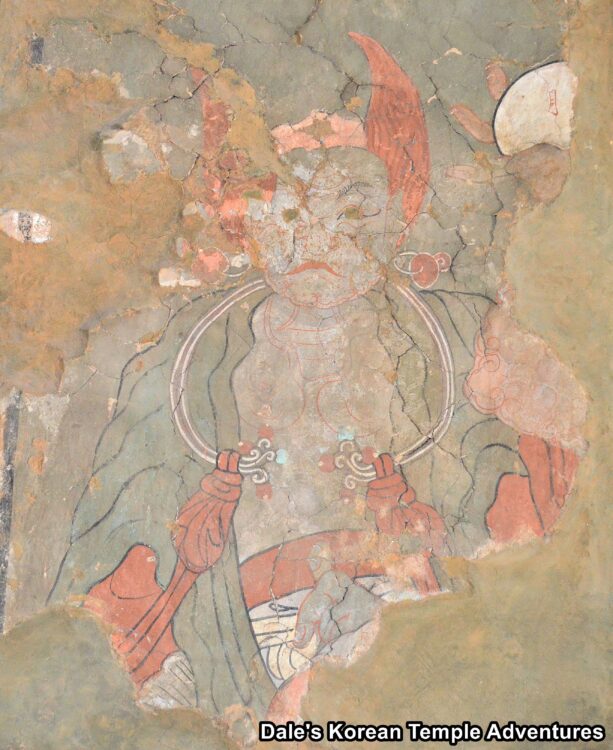
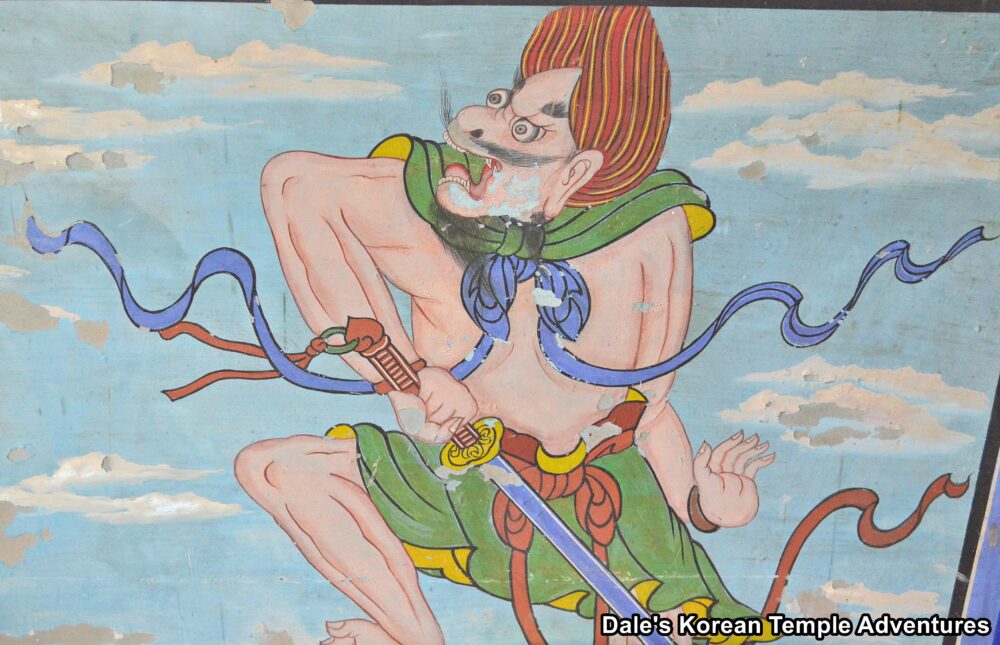
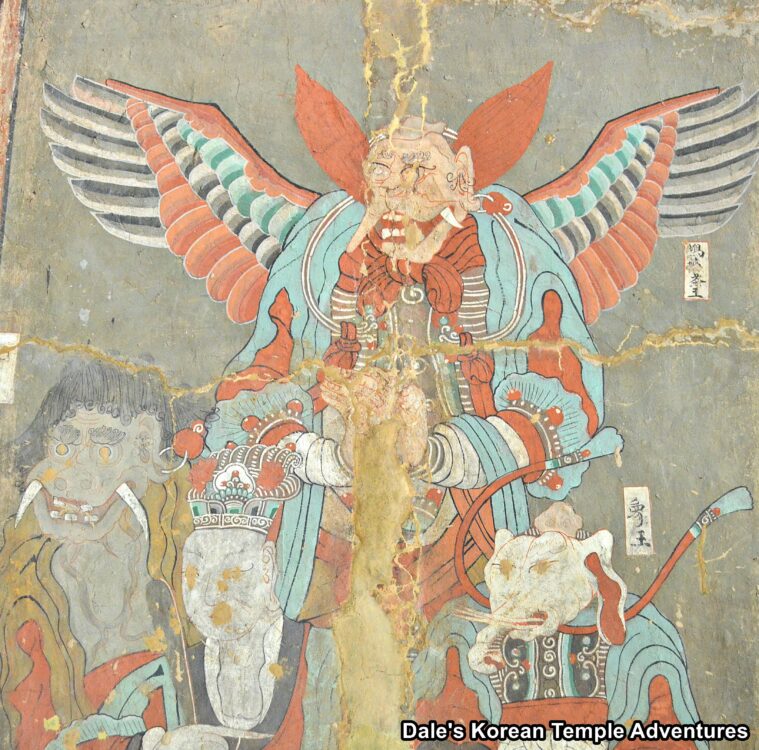
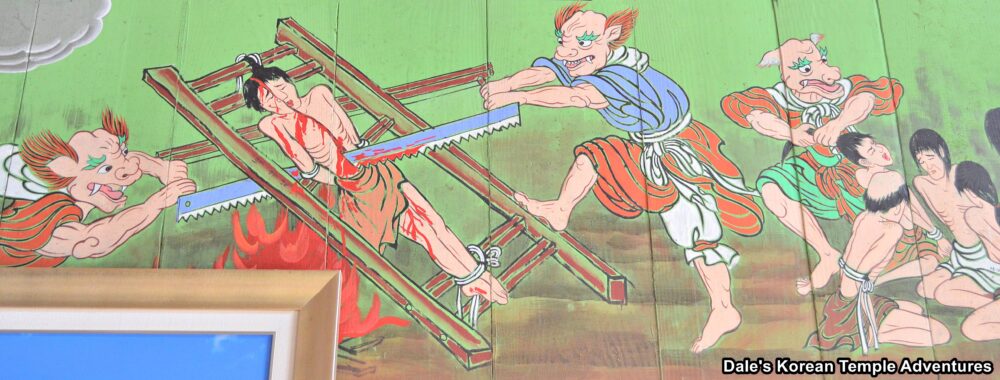

Recent comments